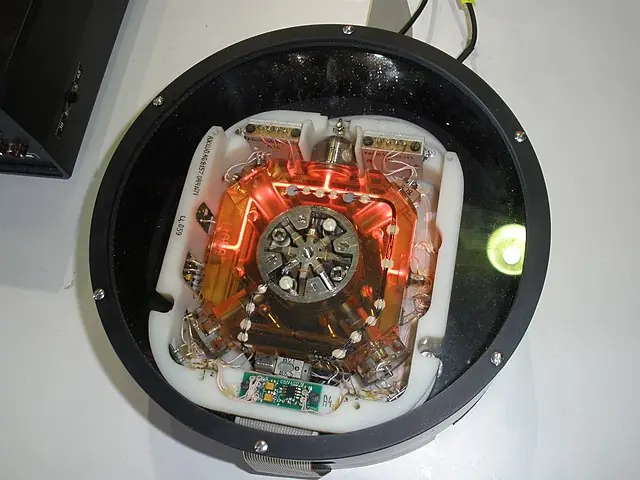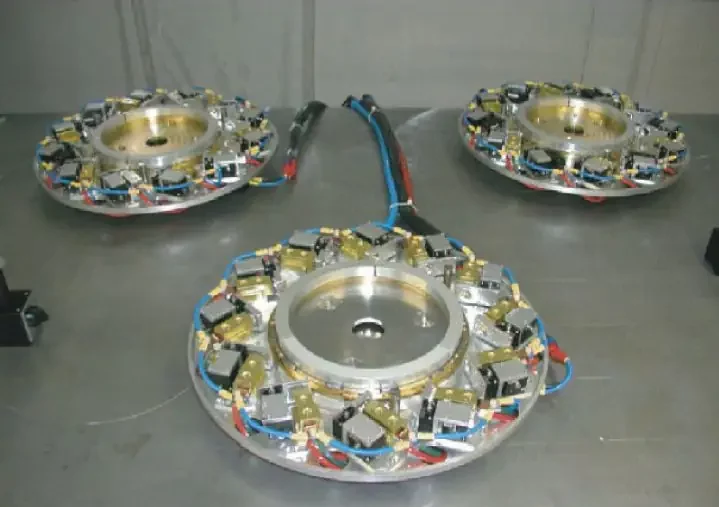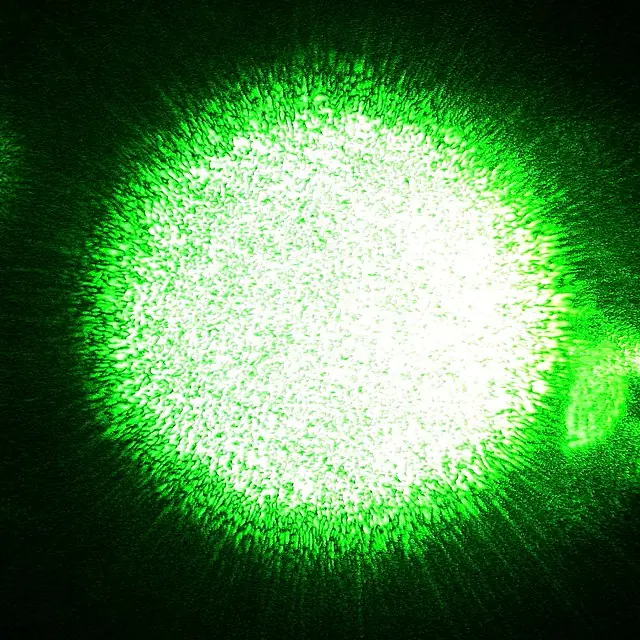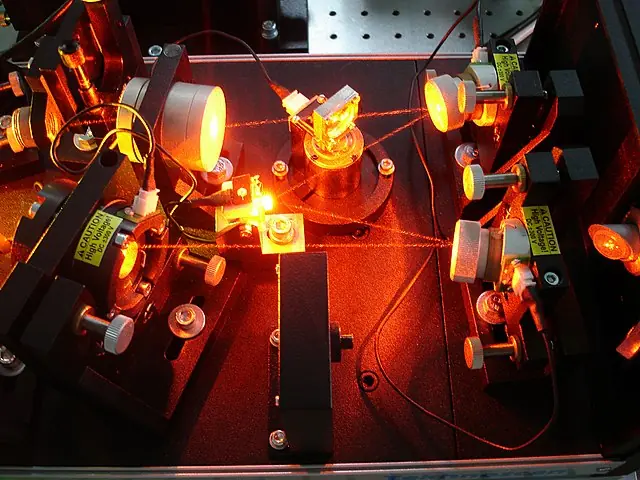How Do Ring Laser Gyroscopes Work?

A ring laser gyroscope is a type of inertial measurement unit (IMU) that uses lasers to measure angular velocity. It works by comparing the frequencies of two counter-propagating lasers within a closed-loop optical cavity, known as a “ring” cavity, to determine the orientation and rotation of an object.
The basic principle behind a ring laser gyroscope is the Sagnac effect, named after French physicist Georges Sagnac. The Sagnac effect states that, in a rotating frame of reference, the path length of a beam of light will differ depending on the direction of propagation.
To demonstrate the Sagnac effect, consider a ring laser gyroscope mounted on a platform that is rotating about its axis. If a laser beam is shone clockwise around the circumference of the ring cavity, it will take slightly longer to complete a full rotation than if it were shone counterclockwise. This difference in time, known as the Sagnac time delay, is directly proportional to the angular velocity of the platform.
To measure this time delay, the ring laser gyroscope uses two lasers, each with a slightly different frequency, that are shone in opposite directions around the ring cavity. The lasers are then recombined and sent through a photodetector, which measures the difference in frequency between the two beams. This difference is then used to calculate the angular velocity of the platform.
One key advantage of the ring laser gyroscope is its high sensitivity and accuracy. It is able to measure angular velocities with an error of less than 0.01 degrees per hour, making it ideal for applications such as navigation, guidance, and control systems. It is also relatively immune to external disturbances, such as temperature changes and mechanical vibrations, which can affect the accuracy of other types of IMUs.
In summary, a ring laser gyroscope is a precision instrument that uses lasers and the Sagnac effect to measure angular velocity with high accuracy. It is widely used in a variety of applications, including navigation, guidance, and control systems, due to its high sensitivity and immunity to external disturbances.






